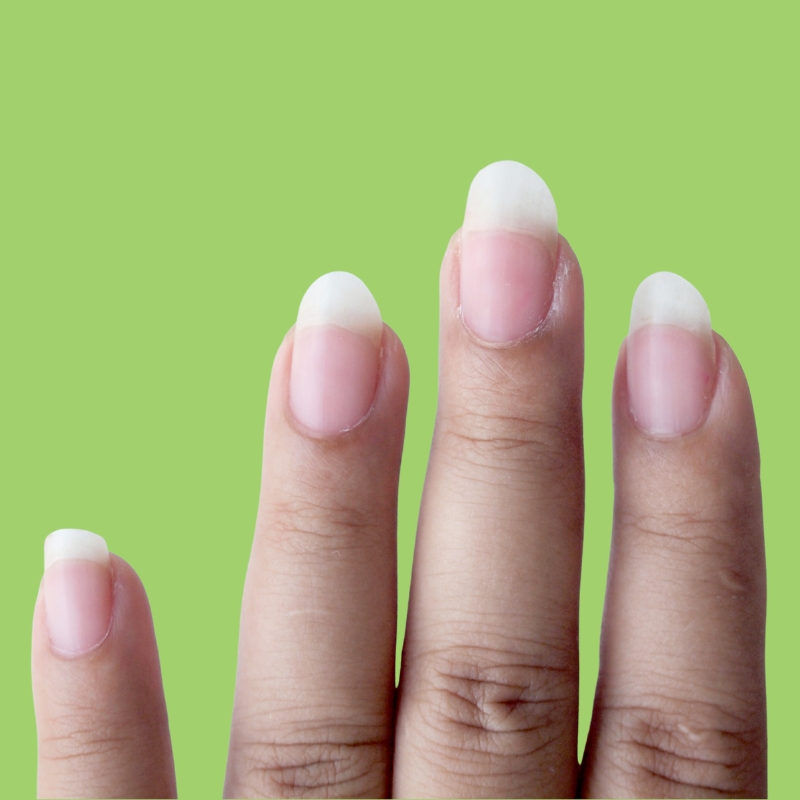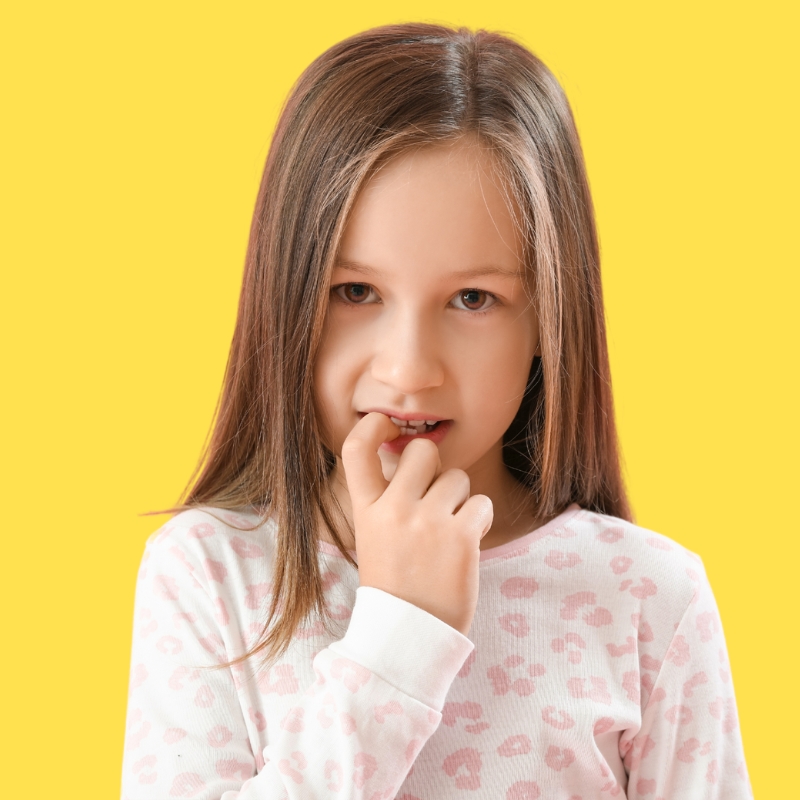Why Do People Have Different Skin Colors?
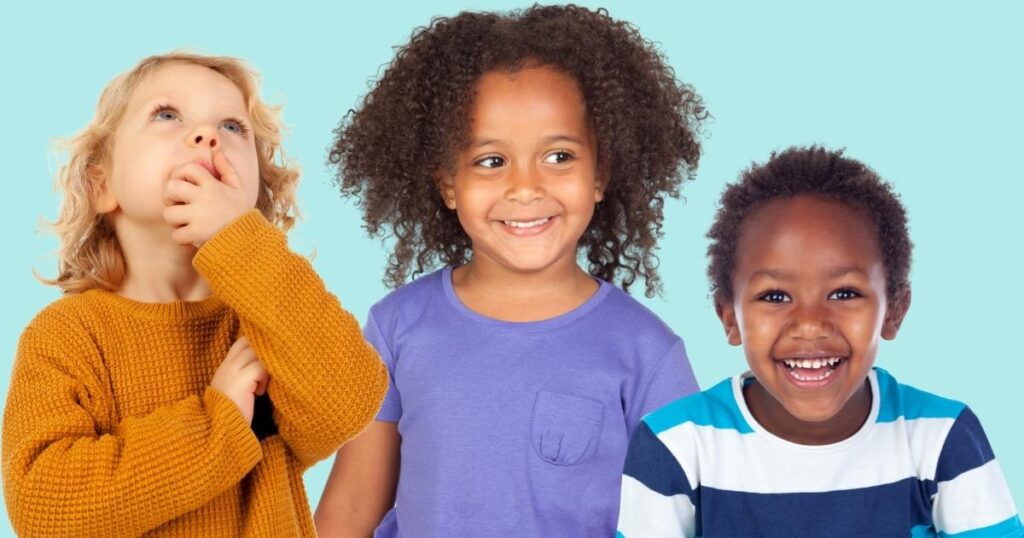
People all over the world are born with different skin colors. And each of us has areas in our skin that are darker or lighter than other body parts. Because of our genes – plus something called melanin – humans come in shades of beige, tan, and brown!
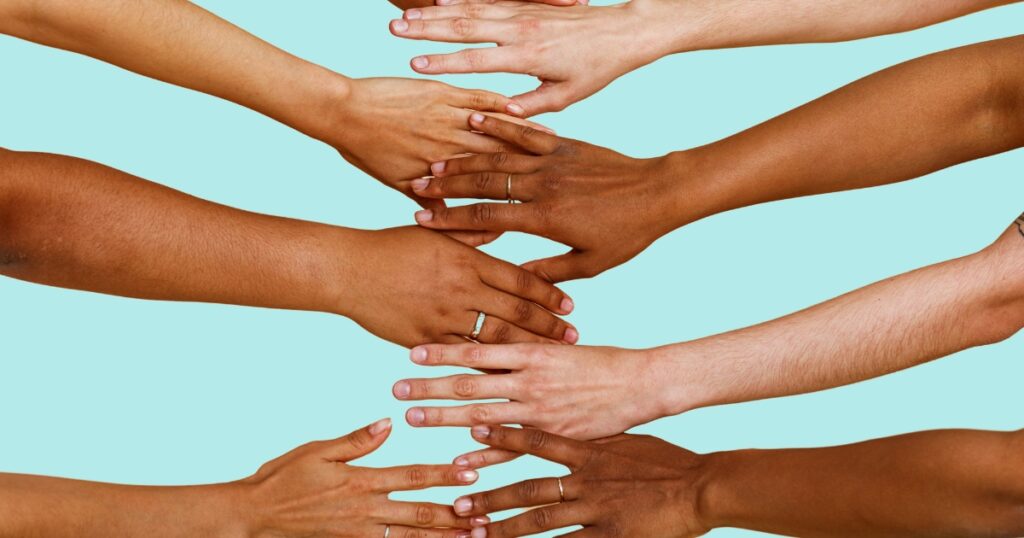
What is melanin?
Melanin is the way that the body adds color to your skin. It also gives color to your hair and eyes.
How does your body make melanin?
It’s made from special skin cells called melanocytes.
The science of changing skin colors: tanning and sunburns
Have you noticed that your skin color can change after a long day outside? This is what happens under the skin when it turns brown or red.
How does skin tanning happen?
Melanin is your body’s way of trying to protect your skin from burning. Note the word trying, because melanin gives only some protection.
Because the sun’s ultraviolet (UV) rays are harsh on the skin, your melanocytes will make more melanin when they are under the sun.
Usually, it takes a few hours for your melanocytes to make melanin and change your skin to a different color.
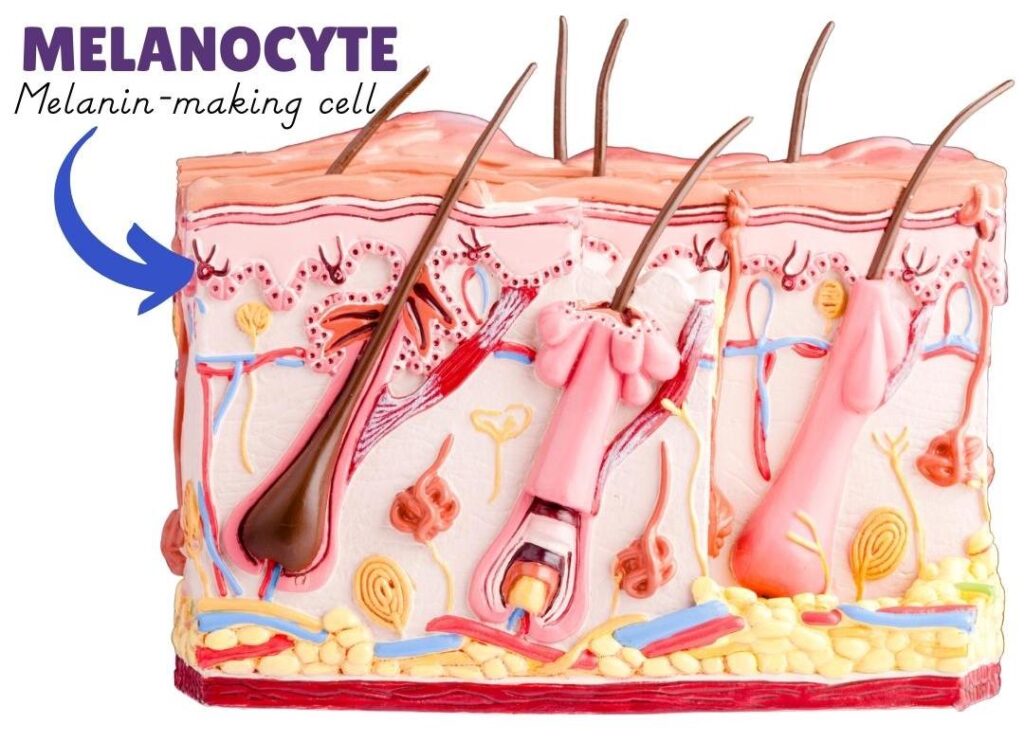
So, if you go outside for just a few minutes, your melanocytes will not have much time to work. But if you fall asleep on the beach for a few hours, you’ll probably wake up a different color!
For example, beige skin may look anner, light brown skin may turn medium brown, and medium brown skin may turn dark brown. You might also get a sunburn.
How do sunburns happen?
When UV rays hurt the skin cells, the skin gets angry. Blood vessels dilate in that area so that more blood can flow there. This makes the skin look red and feel warm.
The immune system also kicks into action and sends over white blood cells to heal and clean up damaged cells.
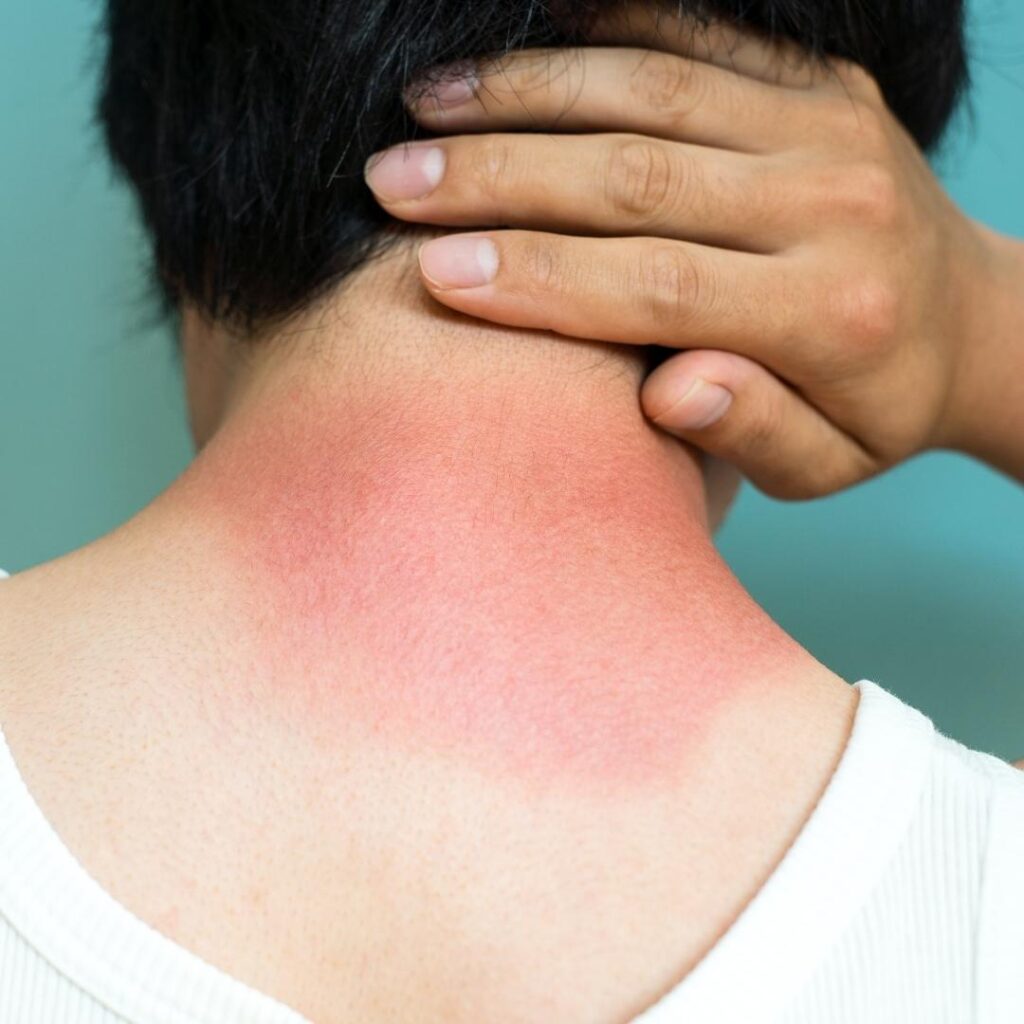
When the cells die, the sunburned skin layer starts to peel off and feel very itchy.
Why do some people sunburn easily?
People with light skin tones usually cannot make much melanin. That’s why they can easily get a sunburn.
People with medium or dark skin tones can also sunburn, but it might take longer. A sunburn is also less noticeable on darker skin.
Regardless of color, remember this important skin fact: everyone needs to protect their skin from sunburns.
How can people in the same family have different skin colors?
Why are people born with different shades of beige and brown? This depends on our birth parents and all the relatives that came before them – our ancestors!

Because skin cells make melanin in response to the environment, the genes in the human body have to adapt.
- If our ancestors grew up in a hot and sunny part of the world, they developed darker skin. They also probably had darker hair and eye colors.
- If our ancestors grew up in a place with cold weather, they probably had lighter skin. They also probably had lighter hair and eye colors.
Over time, the genes that our ancestors passed on to their children and their children’s children.
- So if both parents have dark skin, their kids usually have dark skin.
- If both parents have light skin, their kids usually have light skin.
- If one parent has dark skin and another has light skin, their kids could have a skin color like one parent or a different shade in between.
Why do people have different colors on their skin?
Many people have darker areas with extra melanin regardless of skin color. This is very normal! Since these areas appear in different shapes and sizes, they make you unique.
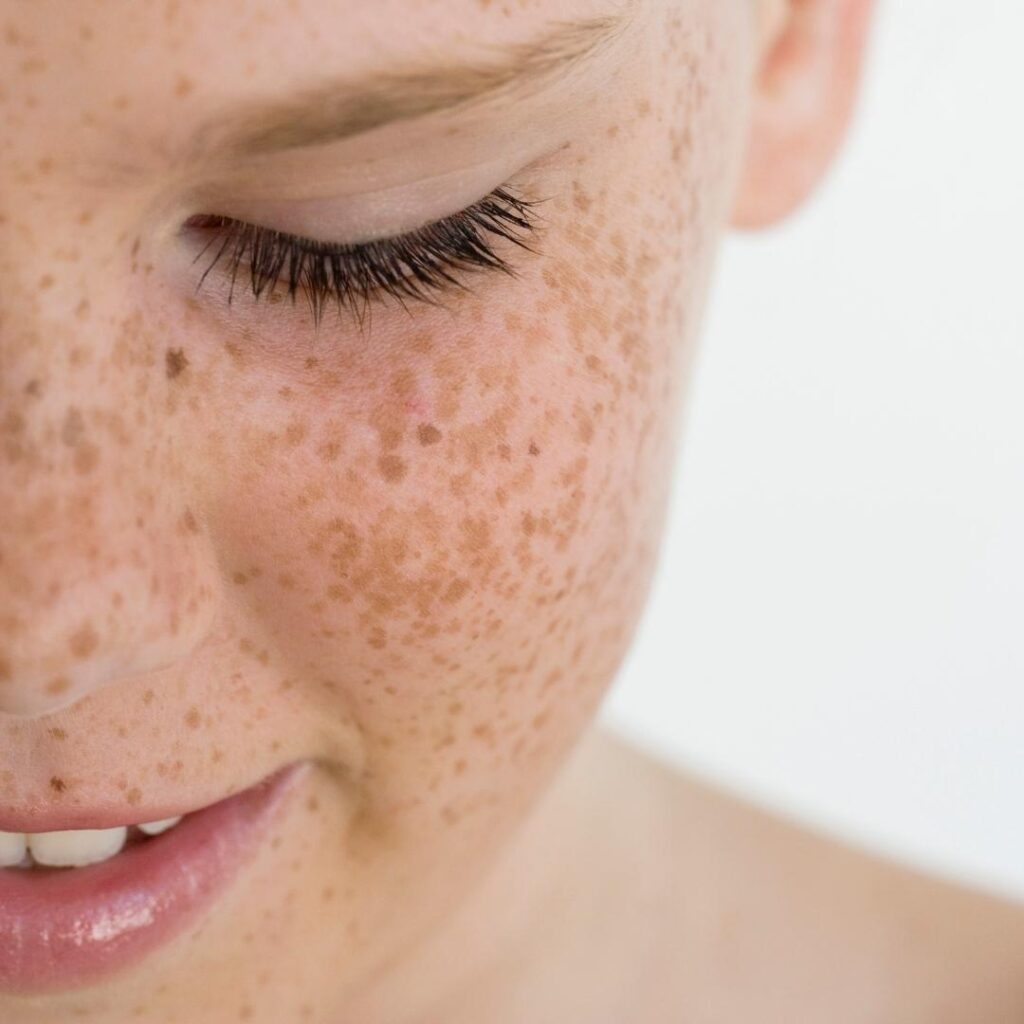
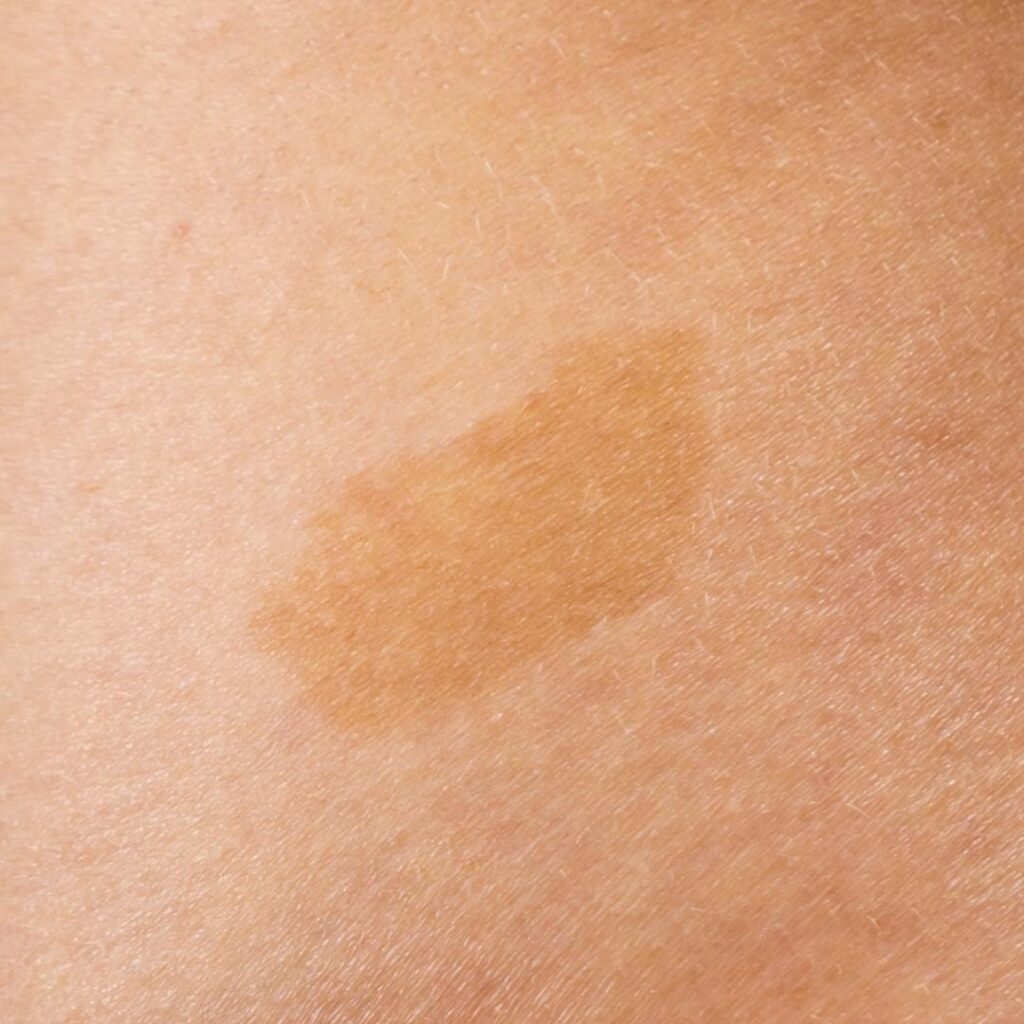

Learn more about your amazing skin and integumentary system!
Published on March 12, 2022. Updated on January 18, 2024 by Betty Choi, MD
Published on March 12, 2022. Updated on January 18, 2024 by Betty Choi, MD

Betty Choi, MD
Dr. Betty Choi is a Harvard-trained pediatrician who makes learning fun and doable. She created the kids’ anatomy book Human Body Learning Lab, which Science Magazine recommended as a “notable standout in the genre.”

